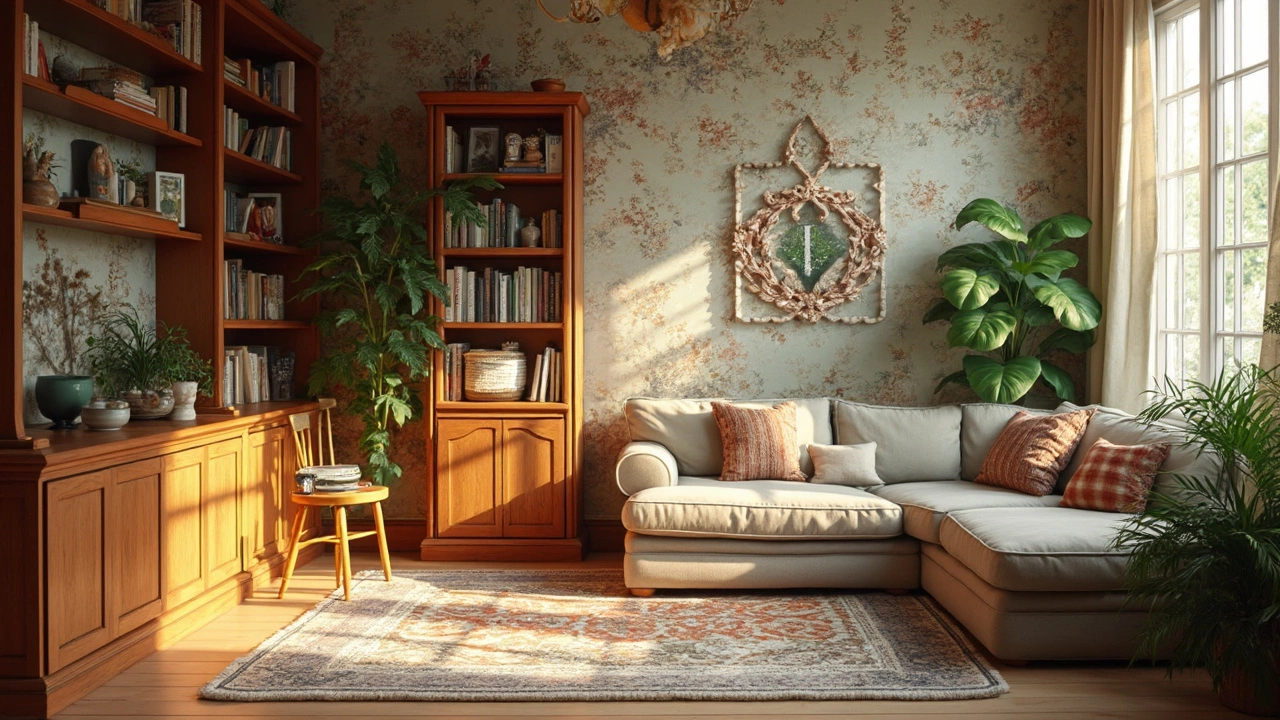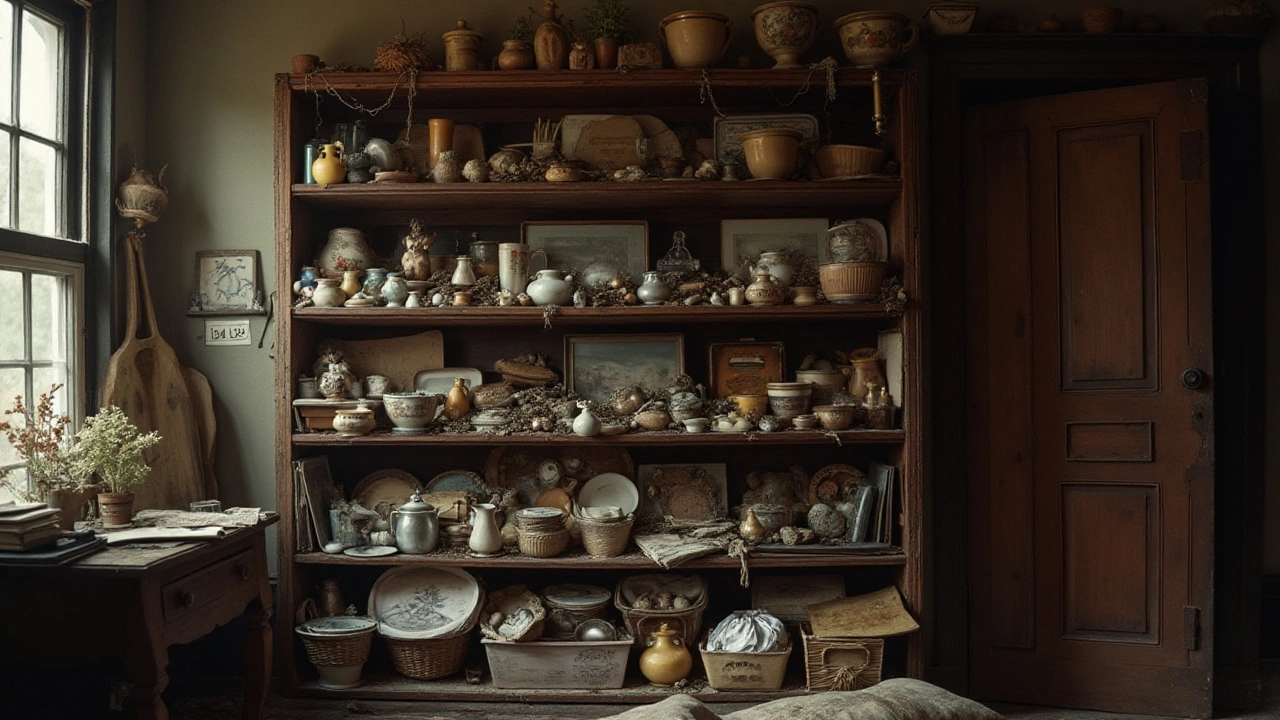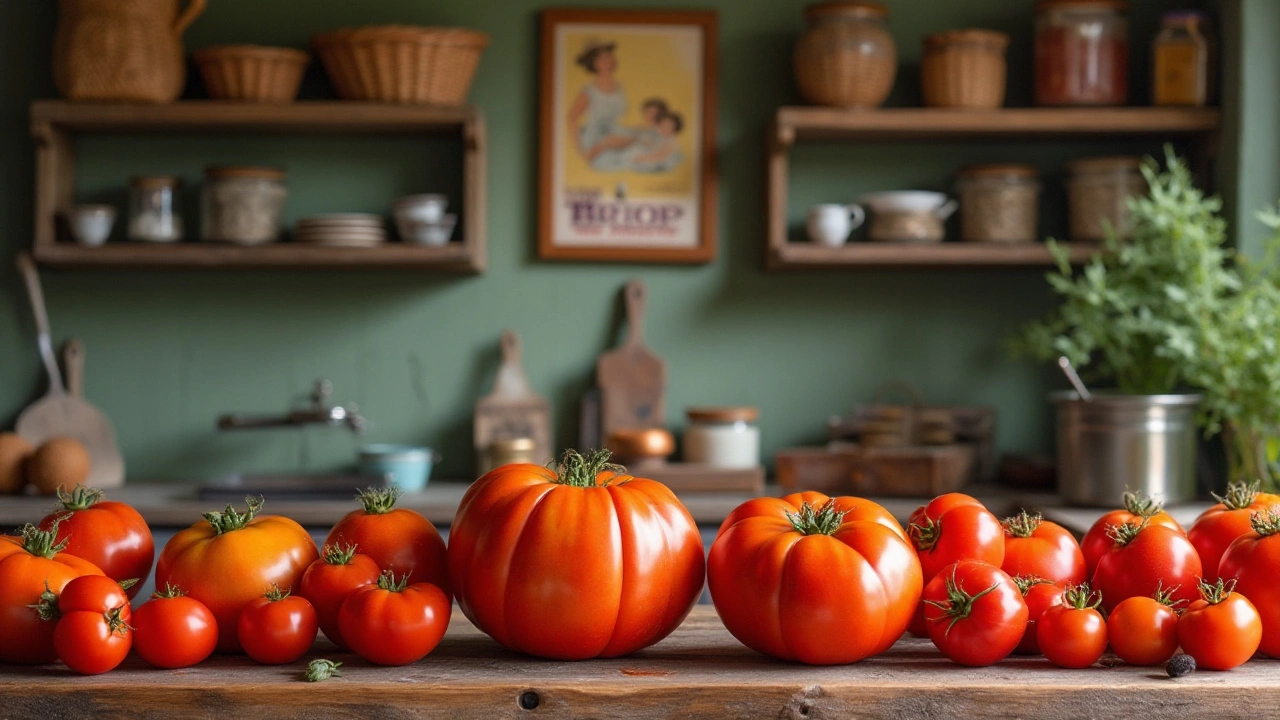Shelving Tips: How to Get More Space Without Breaking the Bank
Need extra storage but don’t want to spend a fortune? Shelving is the easiest way to add room for books, plants, or kitchen gear. The right shelf can look good, hold weight, and even help the planet if you pick the right material. In this guide we’ll cover the basics you need to start today.
DIY vs. Buy: When to Build Your Own Shelves
If you love a hands‑on project, making shelves can save you cash and let you match any style. Measure the space first, then sketch a simple design – a rectangular board on brackets works for most rooms. Use plywood, reclaimed pine, or even sturdy cardboard for light items. A typical 2‑meter wall needs about three 45 cm brackets, each costing under £5 in the UK.
Buying is smarter when you need a polished look fast or when the load is heavy. Look for flat‑pack units that come with all the hardware; they usually cost £30‑£80 for a solid‑wood set. Check the weight rating – 25 kg per shelf is a safe bet for books and kitchenware. Many retailers now list exact load limits, so you can compare without guessing.
Eco‑Friendly Materials and Placement Tricks
Choosing sustainable material doesn’t have to be pricey. Reclaimed wood from pallets or old furniture gives a rustic vibe and reduces waste. Bamboo is another green option – it’s strong, lightweight, and grows fast. If you go for metal, look for recycled steel brackets; they’re cheap and hold a lot of weight.
Where you put the shelf matters as much as what you use. In the living room, place shelves at eye level for books and decorative pieces – this makes the room feel balanced. In the kitchen, mount shelves just below the countertop to keep mugs and spices within reach. In the bedroom, a low shelf under the bed can hold shoes or extra linens, freeing up closet space.
Don’t forget to secure every shelf to a wall stud. A simple wall anchor kit costs less than £3 and can stop a shelf from tipping when loaded. If you rent, use removable adhesive hooks for lighter shelves; they leave no holes and still hold a few kilograms.
Maintenance is easy. Wipe wooden shelves with a damp cloth and a dash of natural oil once a month. Metal brackets just need a quick dry wipe to avoid rust. Adding a liner – like felt or cork – protects delicate items and adds a soft touch.
Finally, think about style. Mixing materials, like a metal frame with a wooden board, creates visual interest without extra cost. Paint or stain a shelf in a bold colour to make it a focal point, or keep it neutral for a seamless look.
With these shelving tips you can turn empty walls into useful storage, stay within budget, and make greener choices for your home. Grab a measuring tape, pick a material you like, and start building or buying your perfect shelf today.
-

Best Material for Shelving: Top Choices and Their Advantages
Looking to choose the best material for your shelves? This article covers the top options, from classic wood to sleek metal, providing insights into their unique features and suitability for different spaces. Whether it’s for your kitchen, living room, or garage, discover which material ticks all your boxes, and learn some practical tips on making your shelving more stable and stylish.
-

Understanding the Drawbacks of Shelving Systems
Shelving, while often practical and aesthetically pleasing, can present several challenges. Some of the disadvantages include limited space flexibility, difficulty in installation, and maintenance concerns like dust accumulation. The arrangement may not accommodate varying storage needs, leading to inefficiency. Additionally, poor shelving choices can disrupt the aesthetic balance of a room. Exploring these disadvantages can help in making informed choices.
-

Understanding the Plural of Tomato and Its Place on Your Shelves
The word 'tomato' is a common fixture in kitchen pantries, but its plural form can sometimes be confusing. This article explores the correct pluralization of 'tomato,' delves into the fascinating history of this versatile fruit, and offers tips for organizing and shelving tomatoes in your home. We also discuss how different cultures incorporate tomatoes into their cuisines and their storage solutions. Prepare for a flavorful journey into the world of tomatoes and efficient kitchen storage.
